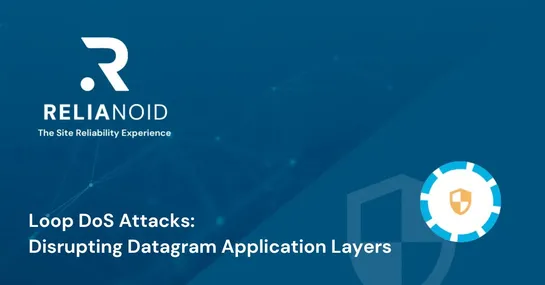Reduce Toil and Improve IT Alerting Effectiveness
This blog post discussed how IT alerting systems can be improved to reduce toil for SRE teams. It explained what toil is and the negative impacts it can have on SREs, including decreased morale, reduced productivity, and increased attrition. The blog post then detailed several strategies to reduce toil with better IT alerting systems, including automation, alert suppression, using historical data for thresholds, contextual tags and routing, proactive alerting, alert-as-code, and incident deduplication. It outlined the benefits of effective IT alerting systems, such as reduced alert fatigue, faster incident resolution, improved team productivity, and enhanced system reliability. Finally, the blog post offered some factors to consider when choosing the right IT alerting system.















